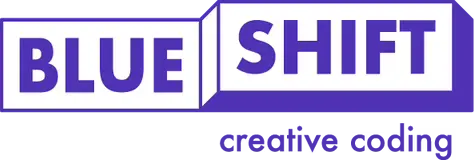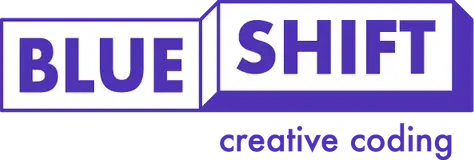Our top four inspiring coders!
We love rewarding our campers when they’ve worked hard and been super creative, so what better way to do this than by creating a little bit of friendly competition! Every year at our camps we sort our campers into four houses. This year we have decided to name the houses after four famous and inspiring coders from the nineteenth and twentieth century; Ada Lovelace, Margaret Hamilton, Charles Babbage, and Alan Turing.
Throughout the week, the kids will be able to earn points for their house by working hard, being extra creative, or winning competitions, quizzes and games in class and lunch break.
With just a few days left until our summer camps begin, we thought it would be a great chance to tell you why we’ve chosen these four extraordinary coders to be our house mascot.

1. Ada Lovelace
Ada Lovelace was born in 1815 in London and studied advanced mathematics at the University of London. Later on in life she worked closely with Charles Babbage (another one of our house mascots) on his ‘Analytical Engine’. For this Lovelace created the first ever published algorithm specifically tailored for a computer (despite the fact computers had not been invented yet!). Today she is considered to be the first ever computer programmer and the US Department of Defense even named a programming language after her - Ada! Furthermore, every year we celebrate Ada Lovelace day which is an international celebration of women in science, technology, engineering and maths (STEM). It also aims to create new role models who will encourage more girls into STEM careers and support women already working in STEM. The next Ada Lovelace day will take place on 9th October 2018!

2. Margaret Hamilton
Margaret Hamilton was born in 1936 in the USA and briefly taught at a high school before working at Massachusetts Institute of Technology (MIT). During the 1960s Hamilton worked on the Apollo Space Programme, helping to develop in-flight software meaning her programming skills helped get humans to the moon! Significantly, Hamilton has been regarded as the person responsible for giving software engineering its name, as at the time it had not been distinguished from other engineering sectors.
Hamilton says “During this time at MIT I wanted to give software "legitimacy", just like with other engineering disciplines, so that it (and those building it) would be given its due respect”.
Hamilton’s importance has been recognised by none other than LEGO, who in 2017 created a “women of NASA” series meaning you can now buy Margaret in LEGO form (as shown above).

3. Charles Babbage
Charles Babbage is often referred to as the ‘Father of Computing’ as he invented the first ever mechanical computer. He was born in London in 1791 and studied Maths at the University of Cambridge. In 1820 Babbage worked on the ‘Difference Machine’ which was the first device to perform mathematical calculations. He then went onto invent the ‘Analytical Engine’, on which he worked closely with Ada Lovelace. This is the basic structure that was used in computer design from the 1940s onwards. Charles Babbage’s work was groundbreaking and his inventions and calculations are still significant today! If you want to know more about Babbage or see his inventions in real life then take a trip to the Science Museum. You can even see half of his brain on display!

4. Alan Turing
Alan Turing was born in London in 1912 and also studied Maths at the University of Cambridge! Alan played a very important part in in World War Two, working on breaking the German enigma code for the government at Bletchley Park. Turing was in charge of Hut 8, specifically focusing on the German Naval Enigma.
He famously said that he decided to focus on this "because no one else was doing anything about it and I could have it to myself".
Turing managed to decode the seemingly impossible German enigma code and in doing so shortened the war by two years and saved millions of lives. If this wasn’t enough, he invented the Turing machine, which is used as the principle of modern day computers and in 1950 he developed a test for artificial intelligence (AI), which is still used today. However, he wasn’t only a talented mathematician - he was also a fantastic long distance runner, often running 40 miles from Bletchley Park to London for important government meetings! If you want to find out more about Alan Turing, the film ‘The Imitation Game’ was released in 2014 detailing his work at Bletchley Park.
If you’re interested in learning more about blue{shift}’s camps, join our newsletter or check out our website!





